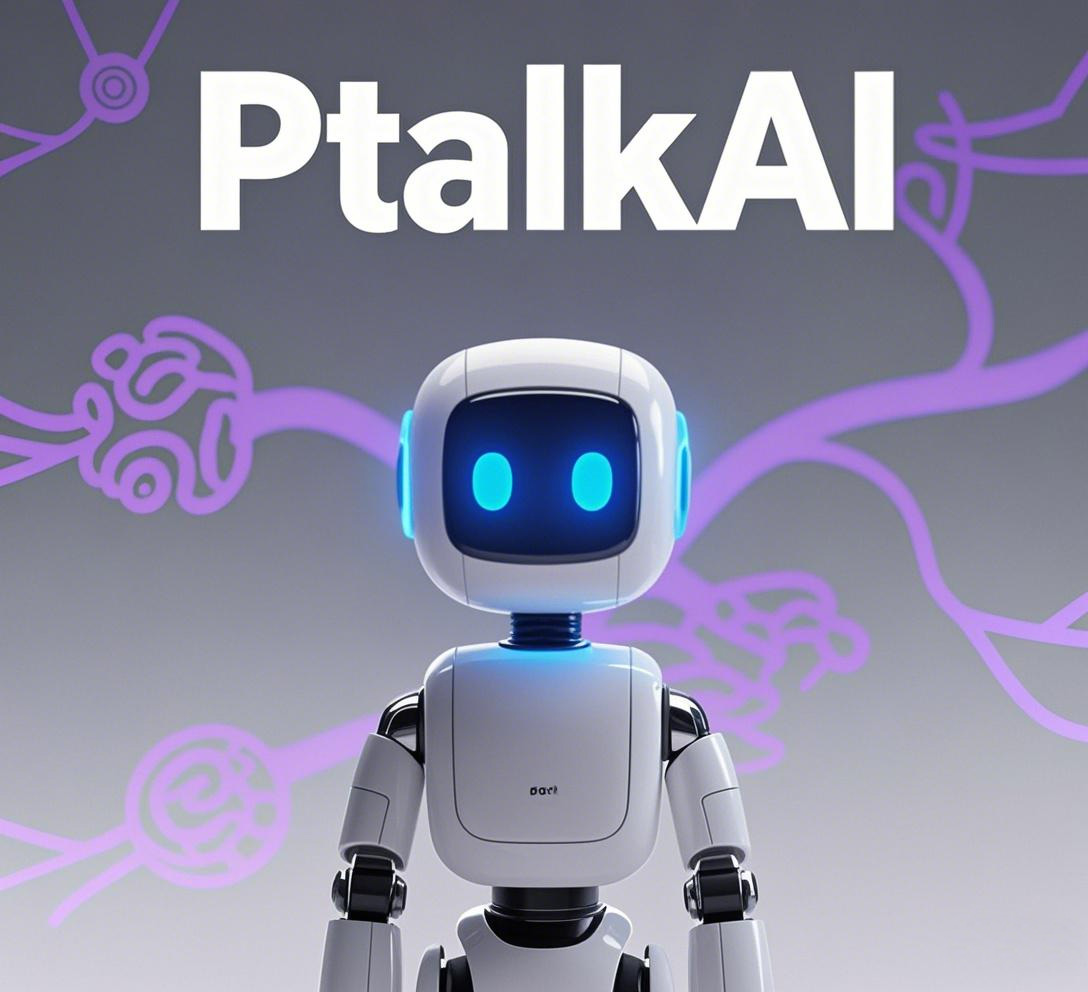AI-Powered Smart Homes: How Everyday People Can Live Smarter
HaHaHa 2025-05-26
AI-powered smart homes are no longer a luxury—they’re a practical way to enhance comfort, security, and sustainability. Whether you’re looking to cut energy bills, simplify daily routines, or protect your family, these tools offer accessible, cost-effective solutions. By choosing the right platform, understanding AI’s limitations, and prioritizing privacy, you can harness this technology to build a home that truly works for you.
1. What Is an AI-Powered Smart Home? Why Should You Care?
1.1 Understanding AI in Home Automation
An AI-powered smart home uses machine learning and connected devices to automate tasks, learn user preferences, and make decisions without manual input. For example:- Adaptive Lighting : Lights adjust brightness based on time of day or your mood.
- Energy Efficiency : The thermostat learns your schedule to optimize heating/cooling.
- Security : Cameras detect unusual activity and alert you instantly.
1.2 Why It Matters for Everyday Life
Traditional home automation often feels rigid—think pre-set timers or manual app controls. AI changes this by:- Personalization : Learning your habits (e.g., “You always lower the thermostat at night”).
- Proactive Help : Fixing issues before they become problems (e.g., predicting a fridge malfunction).
- Convenience : Reducing daily decisions (e.g., “Auto-lock doors at bedtime”).
- Cost Savings : Cutting energy bills through optimized appliance use.
2. How to Start Using AI at Home Without Technical Skills
2.1 Choosing the Right AI Tools
Several platforms cater to non-experts with intuitive interfaces:(1) Amazon Alexa/Google Assistant
- Features : Voice-controlled hubs that integrate with smart lights, thermostats, and security systems.
- Best for : Users who want hands-free control (e.g., “Alexa, turn off all lights”).
- Features : Apple’s ecosystem for managing smart devices from iPhone/iPad.
- Best for : iOS users prioritizing privacy and seamless integration.
- Features : A universal platform connecting devices from multiple brands (e.g., Philips Hue bulbs + Ring cameras).
- Best for : Homes with mixed devices needing centralized control.
2.2 Three Simple Steps to Begin
Step 1: Identify Your NeedsStart small:
- Example : “I want to reduce my electricity bill by automating the thermostat.”
Ensure new gadgets work with your chosen AI hub (e.g., Alexa-compatible smart plugs).
Step 3: Set Up Routines
Most platforms let you create “scenes” or “automations”:
- Example : “When I say ‘Goodnight,’ turn off lights, lock doors, and set the thermostat to 68°F.”
3. Real-Life AI Home Applications: From Morning to Night
3.1 Morning Routine: Wake Up Smarter
AI can streamline your day from the first moment:- Sunrise Simulation : Smart blinds open gradually as your alarm sounds.
- Coffee Prep : The coffee maker starts brewing when your fitness tracker detects movement.
- Weather Briefing : A voice assistant announces the forecast and suggests clothing.
- Request : “Create a morning routine for my kids’ school days.”
- Result : Lights turn on at 7 AM, a gentle alarm plays for each child, and the toaster activates 10 minutes later.
3.2 Energy Efficiency: Save Money While Staying Comfortable
AI learns your habits to cut costs:- Smart Thermostats : Devices like Nest adjust temperatures based on occupancy.
- Solar Optimization : AI predicts sunny days to prioritize solar power usage.
- Appliance Monitoring : Detects energy-hogging devices (e.g., “Your old fridge uses 30% more power than average”).
- Request : “Help me reduce my energy bill by 20%.”
- Result : AI identifies vampire energy drains, schedules laundry for off-peak hours, and optimizes HVAC usage.
3.3 Security & Maintenance: Peace of Mind, 24/7
AI acts as a proactive guardian:- Predictive Maintenance : Sensors detect fridge compressor wear and suggest repairs before breakdowns.
- Water Leak Detection : AI alerts you to pipe bursts and automatically shuts off valves.
- Smart Locks : Facial recognition grants access to family members while denying strangers.
- Request : “Secure my home while I’m on vacation.”
- Result : AI simulates occupancy by turning lights on/off, sends real-time security alerts, and adjusts thermostat settings to prevent freezing pipes.
3.4 Evening & Night: Relax and Recharge
AI enhances comfort and safety after dark:- Mood Lighting : Dim lights automatically switch to warm hues at sunset.
- Health Monitoring : Sleep-tracking rings adjust bedroom conditions (e.g., “Lower humidity for deeper sleep”).
- Voice-Controlled Entertainment : Say “Movie Night” to dim lights, close blinds, and start your streaming service.
- Request : “Ensure my safety at night.”
- Result : Motion sensors detect falls, voice assistants call emergency contacts, and bed sensors monitor vital signs.
4. Critical Considerations for Safe AI Home Use
4.1 Data Privacy: Protecting Your Home Network
Smart homes generate vast amounts of personal data. Stay secure by:- Using Strong Passwords : Change default passwords on routers and devices.
- Enabling Two-Factor Authentication : Adds a layer of protection for AI hubs.
- Disabling Unnecessary Features : Turn off voice recording storage if privacy is a concern.
4.2 Device Compatibility: Avoiding Fragmentation
Mixing incompatible devices can lead to chaos:- Stick to One Ecosystem : Choose either Alexa, Google Assistant, or Apple HomeKit as your primary hub.
- Check Standards : Prioritize devices supporting Matter Protocol for universal compatibility.
4.3 Ethical Use: Balancing Convenience and Autonomy
AI should empower—not overwhelm—your lifestyle:- Avoid Over-Automation : Keep manual controls for critical systems (e.g., thermostat override).
- Respect Guest Privacy : Disable surveillance features when hosting visitors.
5. The Future of AI in Smart Homes: What’s Next?
5.1 Hyper-Integrated Ecosystems
Future homes will feature seamless AI coordination:- Example : Your car communicates with the garage door, unlocking it as you arrive.
5.2 Predictive Health Monitoring
AI will track well-being through subtle cues:- Example : Analyzing voice tone to detect stress and adjusting lighting/music accordingly.
5.3 Sustainable Living Assistants
AI will optimize eco-friendly choices:- Example : Recommending local recycling centers based on waste composition.










